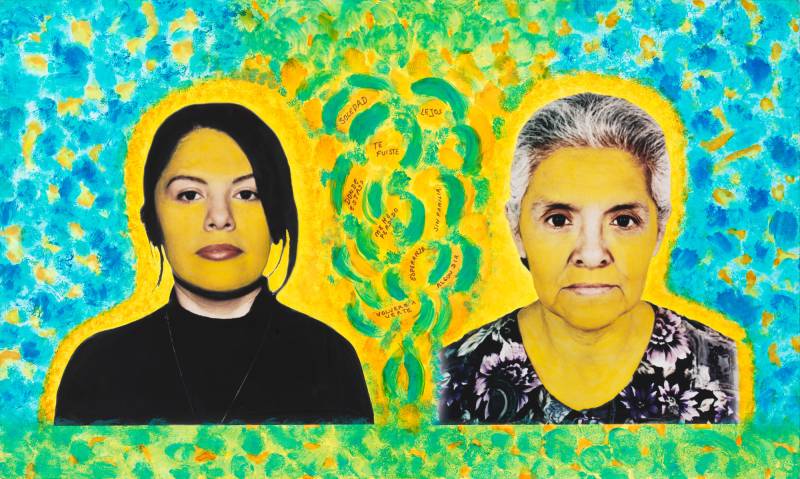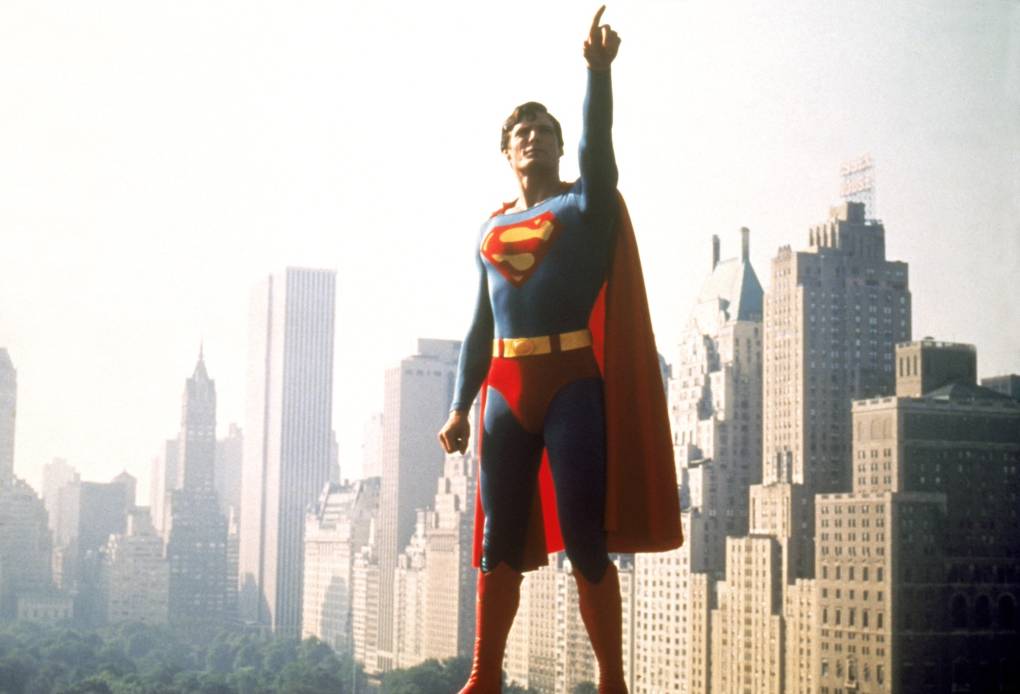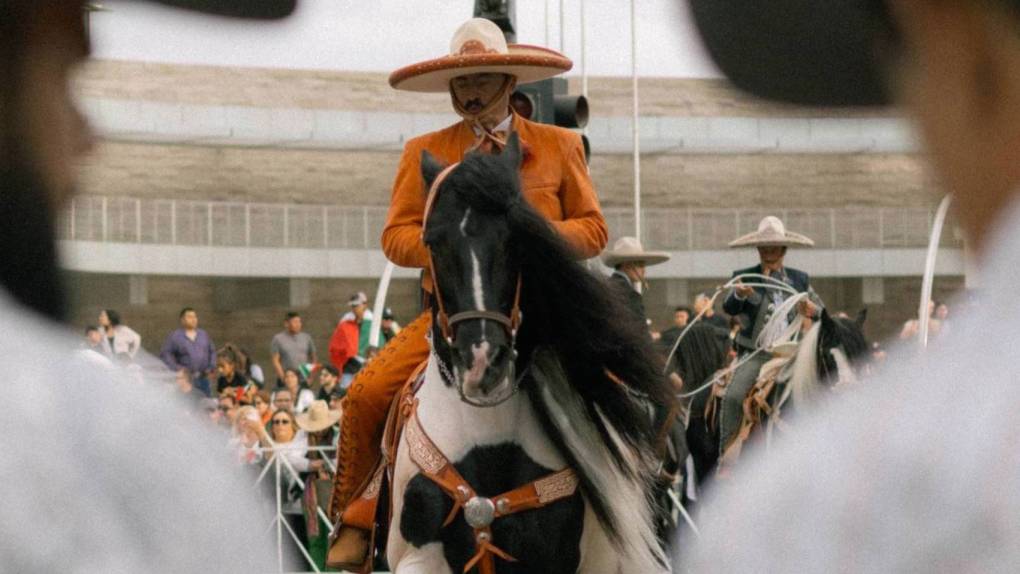“Painting is a ritual to confront the past and heal what is broken,” Mabel Valdiviezo says in the first moments of her film, Prodigal Daughter. “It reveals layers that the camera cannot capture and obscures what we would rather forget.”
‘Prodigal Daughter’ Beautifully Illuminates One Woman’s Road Less Traveled

Art is present throughout the documentary. It’s Valdiviezo’s only consistent anchor as she navigates stormy and uncertain waters. As a teenager growing up mired in the political turbulence of 1980s and ’90s Peru, she made experimental videos that helped her express ideas about politics and patriarchy. At the age of 25, when Valdiviezo fled the dictatorship that had just taken over her home country, she chose San Francisco as her destination because of its reputation as a “haven for artists.” After the artist found work dancing in the strip clubs of North Beach, she channeled her feelings about female power into her collages and paintings. And as Valdiviezo struggled with family trauma and resentments, she reframed photos from her past using painted embellishments.
Prodigal Daughter captures Valdiviezo as she returns to her family in Peru after 16 years of no contact. The journey of reconnection that she goes on with her parents, brother and centenarian grandmother is a swirling mess of painful confessions, guilt, forgiveness and healing. There are moments of culture clash too, as Valdiviezo tries to process old wounds with parents who would rather keep uncomfortable truths hidden behind closed mouths and locked doors. Valdiviezo’s more Californian sensibilities are simply not understood by the people who raised her.
Hanging over the film are the impossible decisions undocumented immigrants are forced to make. Valdiviezo first opted to cease all contact with her family because she believed they misunderstood and were ashamed of her. However, it’s clear that her prolonged disconnection from them was indelibly linked to her precarious legal situation in the U.S. Without any official status, Valdiviezo was unable to leave her life in America without being barred from returning to it altogether. The journey home to Peru is only possible after marriage to her Filipino American partner earns her a green card.
Prodigal Daughter offers jumping off points to explain Peru’s turbulent political history, and the resistance that sprang up around that. More details about the country’s rebel groups — including Shining Path and Túpac Amaru Revolutionary Movement, as well as the punk rock subtes subculture — would have been a welcome addition here. Valdiviezo is far more interested in exploring her personal history than that of her home country, however. And that’s fair enough.
A fourth act twist brings the family closer together, inspires more honesty and prompts an exploration of lineage. In the end, it’s not just Valdiviezo who finds solace in making art. Her mother came to painting later in life, once her children were grown. Her style is different from her daughter’s and pays homage to her Incan roots, incorporating traditional Indigenous illustration, as well as Nazca lines. As the two women paint side by side, their paintbrushes build a bridge that finally obscures their differences.
By the time the once-estranged daughter and mother share exhibition space at San Francisco’s Mission Cultural Center for Latino Arts, it’s clear that, when it comes to Valdiviezo’s life, art is a greater healer than words, international pilgrimages and perhaps, even this wonderful film.
‘Prodigal Daughter’ premieres at the Roxie Theater on Oct. 11, 2024 at 6:30 p.m. as part of the Cine+Mas San Francisco Latino Film Festival. It will also screen at the Yerba Buena Center for the Arts on Nov. 2 at 2 p.m and at the Mission Cultural Center on April 4, 2025 at 6:30 p.m.



